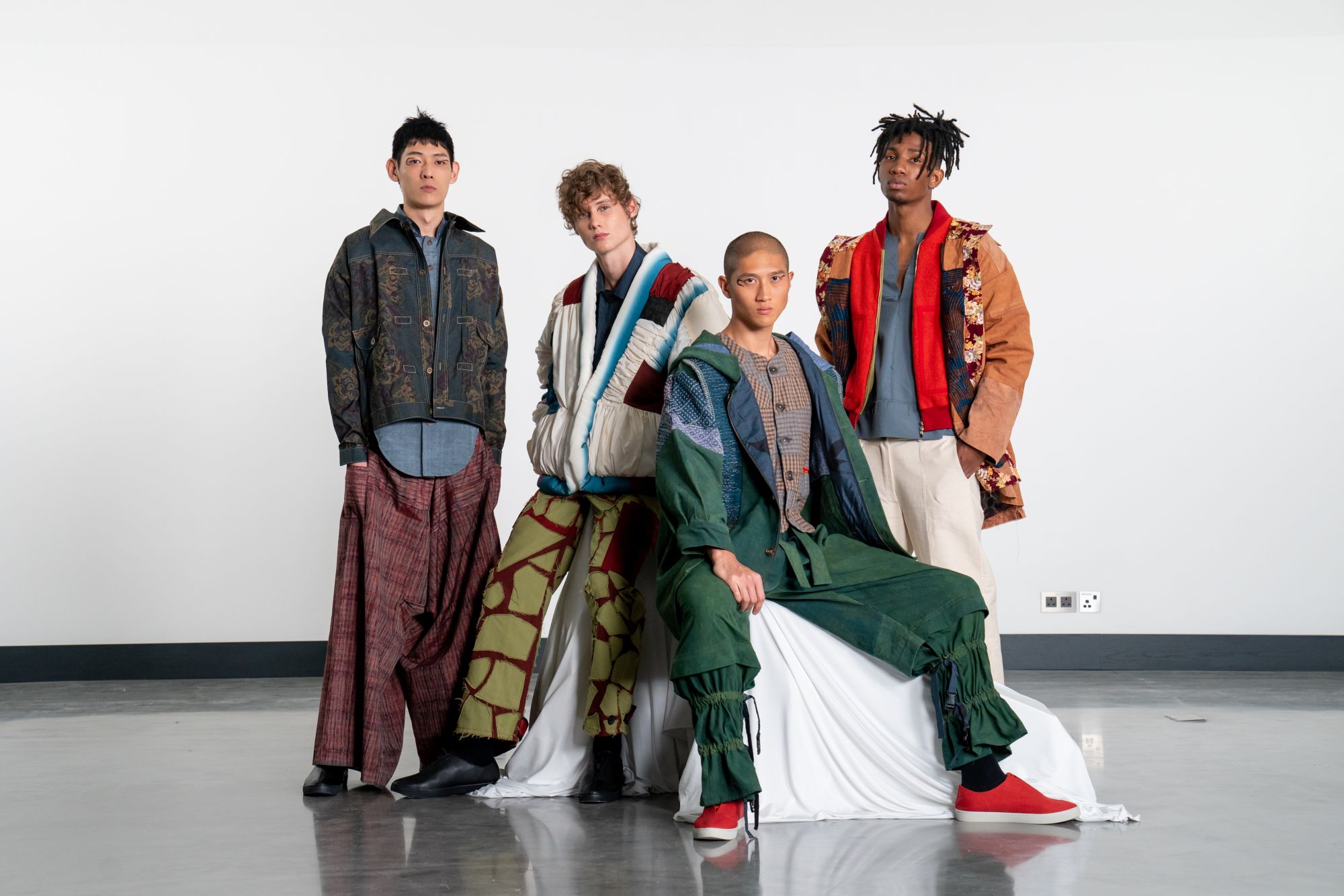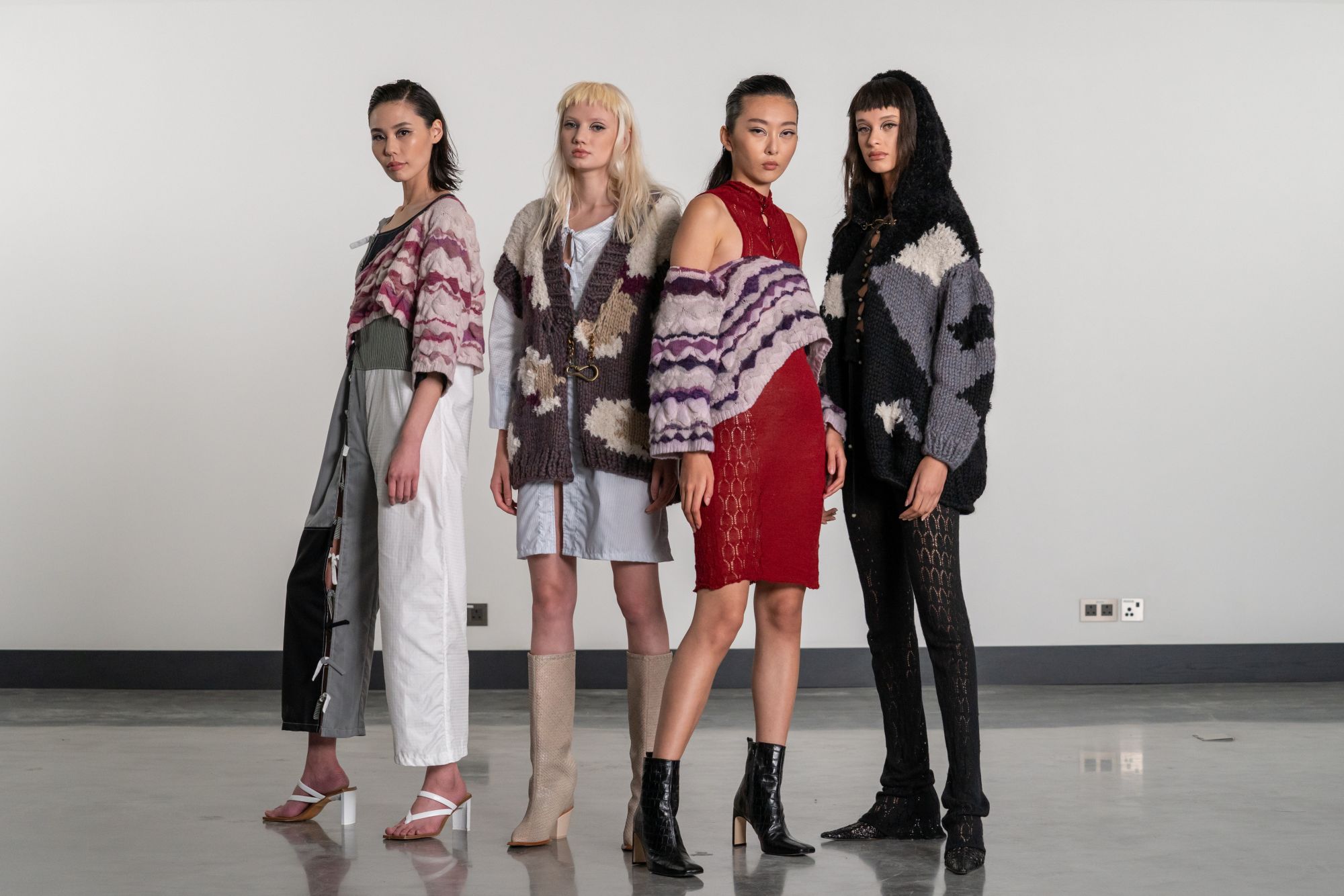We spoke with the four winners from this year's Redress Design Award to learn what inspires them as a sustainable designer
The Redress Design Award is the world’s largest sustainable fashion design competition organised by Redress, an environmental NGO that aims to reduce waste in the fashion industry.
Prizes for this year’s competition included a chance to design a ten-piece womenswear collection for The R Collective for the best Womenswear Prize, a spot on VF’s Timberland Global Apparel design team for the best Menswear Prize, a mentorship opportunity under sustainable fashion designer, Orsola de Castro for the Runner-Up Prize, and a place in the Grand Final and more for the Hong Kong Best Prize winner.
We spoke with the winners from the four categories to learn more about their motivation and work as a sustainable designer and how The Redress Design Award impacted them.
Womenswear Prize: Juliana Garcia Bello

How has your place of birth influenced your path and work as a designer?
I was born on a small island in southern Argentina, it's called Tierra del Fuego. There, people live in contact with nature and the environment. The cities are small, surrounded by forests, steppes, rivers, mountains and sea. Cold and windy weather. Respecting people and where you live is something I learned while living there.
What was the turning point that made you realise the severity of the fashion unsustainable practices?
During my university studies, I observed the amount of raw material that was wasted in the production processes. I thought that if on a small scale this happened, on a large scale it was tremendously dangerous. The year of my graduation, the La Rana Plaza building in Bangladesh collapsed which was a sad time for the fashion industry. It opened my eyes to understand that what happened on the other side of the world, was happening in Argentina. I didn't want to be part of that system, so I started to think about what kind of designer I wanted to be.
How do you approach your pieces in order for them to be sustainable?
I work in my small atelier, with simple machines, I like to live the process of a garment so I make all my garments. That helps me reflect and think of new possibilities. I am looking for a simple and fluid job. Use my machines when it is really necessary. Make garments well so that their useful life is extended. Find a concept to connect people with their clothes.
What does winning the Redress Design Award mean to you?
This award is very important to me, I am really happy. My way of being is for my family, my city, my university. At the University of Buenos Aires, classes have groups of at least 100 students. My work represents me and all the people I know, that is why this recognition is very important. I share it with them!
What's something we can each do every day to cut down on our carbon footprint?
It is a difficult question, because there are many possibilities and ways. I like to think that connecting with the place and the people where we live helps us to move less and buy local.


